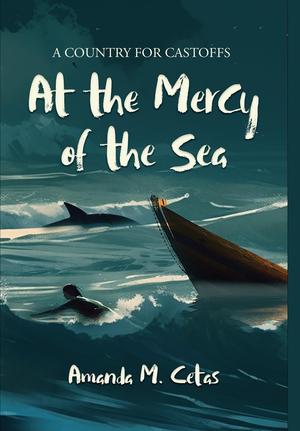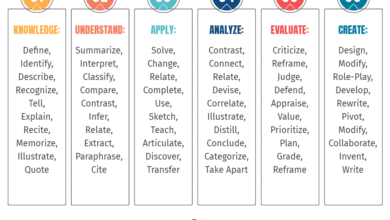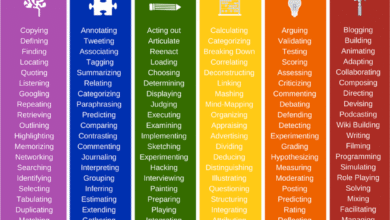AT THE MERCY OF THE SEA


In September 1663, 12-year-old Etienne Gayneau is waiting on the dock in the harbor of New Amsterdam, waiting to board a merchant ship that will take him, as a crewmember, to Boston and then across the Atlantic. He’s a French immigrant whose Protestant family fled religious persecution in his country several years ago. He’s now embarking on a new career at sea. Standing near him is 10-year-old Abraham Dayton, who’s traveling with his English father to Boston, where his dad hopes to obtain a loan to finance a new whaling venture. Abraham’s mother is a member of the Montauk tribe, and his father is a member of one of the founding families of East Hampton. A young girl, Alsoomse, is a member of the Lenape nation in Manhattan who’s around Etienne’s age; she rows up to the dock and expresses anger at Etienne for leaving without saying goodbye to her. The three youngsters are all on the precipice of major changes in their lives. Alsoomse and Etienne’s adolescent romance will be deferred during his unexpectedly prolonged absence at sea; a notorious pirate and enslaver will kidnap him. Independent, high-spirited Alsoomse, who loves to hunt and traverse the woods on her own, will contend with her mother’s pressure to marry within her Lanape community. Abraham, angry at his father’s family for their disrespect toward his mother, and at his father for declaring him too young and weak to hunt or go whaling, will face tragic loss during a smallpox epidemic that will strike the East End of Long Island; along the way, he’ll learn to control his rage.
Over the course of this novel, the three coming-of-age stories alternate and unspool gradually, intermittently bursting into high-action drama during Etienne’s adventures at sea. A third-person narrator tells Alsoomse’s and Abraham’s tales, but Etienne speaks to readers in his own voice, making his adventures and travails the most riveting here. At one point, for instance, he vividly describes racing to free a tangled mainsail as the ship struggles through a storm: “I fought my way to the mainsail, grabbed the ratline, and climbed. The ship tipped over again, and I lost my footing. My feet swung out in an arc as I clung desperately to the ropes.” The personal journeys of the three main players—an immigrant, a Native American, and a biracial youngster who must navigate the conflicts between his two cultures—reflect pivotal historical changes of the period in which they live. It’s a time of increasing white European settlement within Indigenous territory, which culminates in Dutch Peter Stuyvesant’s 1664 surrender of Manhattan to the British. Cetas has clearly done extensive research into the period and setting, and she fills the narrative with evocative cultural details and atmospherics that give the story a sense of foreboding—a tone that readers will find compelling.
Source link



